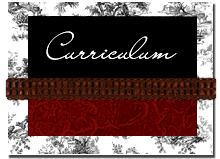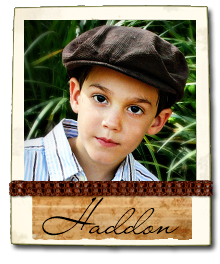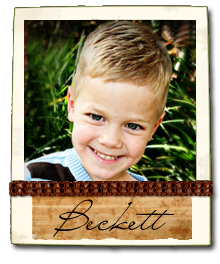I am reposting from the SSA archives today because it is an important piece to understanding tomorrow's ramblings. ; )It was from a post where I was answering SSA readers' questions I had received via email and/or the comment section.
Question: Could you share how a WTM-style narration and a CM-style narration have looked different to you? We do WTM-style right now and it seems so...artificial, or forced, or something.
Answer: I talked a little about this in my last post comparing CM to Classical, so here I thought I'd share a few quotes from the authors themselves. First Susan Wise-Bauer's ideas on narrations...
Narration is a way to develop the child's understanding and storytelling skills. The process is simple: the child tells you what he's just heard or read. ...In first grade, you begin to ask the child to summarize the plots of short simple stories...Narration lets you know how much a child retains and understands. It also develops vocabulary and powers of expression, and lays the foundation for good writing later on.~The Well Trained Mind, Revised and Updated, p. 55 (emphasis mine)
Narration removes the need for "comprehension exercises." Instead of learning to complete fill-in-the-blank questions, the child uses all his mental faculties to understand, sort through, reorganize and relate the main points of a story.~Ibid, p. 59 (emphasis mine)
This process (of narration) developed the student's comprehension skills and taught him how to tell the difference between irrelevant details and important elements of plots or argument.~Ibid, p. 272 (emphasis mine)
And now Charlotte Mason's ideas on narration...
Narrating, like writing poetry or painting, is an art that's inherent in the mind of every child. It's just waiting to be uncovered. The child doesn't need to go through an educational process to develop it because it's already there. The child only needs a reason to narrate and he does--easily, generously, with events in the right order, using appropriate illustrative details, with the right choice of words, without flowery wordiness or redundant phrases, as soon as he's able to speak easily. This amazing ability lies within every child, yet it is rarely tapped into to serve his education. Robert will come home with an exciting story of a fight between Duke and a stray dog down the street. It's wonderful! He saw it all and tells everything with great eagerness in a style that might rival any epic movie. But our scorn for children is so ingrained that we don't appreciate it. All we see is how childish Robert is being. But if we could only see it and use it, his recounting could be the very foundation of his education.~Home Education, Volume 1, p. 231
Readings should always be in consecutive order and from a carefully selected book. Before the day's reading, the teacher should talk a little and discuss with the children what happened in the previous lesson. Then she can say a few words about the current lesson, just enough that the children are eager in anticipation. But she should be careful not to explain too much and, especially, she shouldn't take too long to get into the reading itself. Then she can read two or three pages, enough to cover a complete episode. After that, she can call on the children to narrate. If there are several children, they can take turns. The children narrate with enthusiasm and accuracy while still retaining a sense of the author's style. It isn't a good idea to nag them about their mistakes. They may begin with a lot of "ums" or "ands" but they soon stop doing that on their own, and their narrations become good enough in style and composition to publish in a book! This kind of narration lesson shouldn't take more than 15 minutes. The book should always be very interesting. When the narration is over, there should be a little bit of discussion where the moral points are brought out, pictures can be shown to illustrate the lesson, or diagrams drawn on the blackboard.~Ibid, p. 232-233
Essentially, the main difference between a WTM (Classical) narration and a CM narration is that the former wants more of a summary and the latter wants a child to tell all he is able to recall. To me the CM style is much more natural for a young child as many struggle mightily to differentiate between a main idea and a superfluous detail. The poster of the original question states that she feels WTM style narrations seem, "artifical or forced." I would maintain this is because WTM narrations may be trying to accomplish too much, especially for the younger student. If the goal is to determine, "how much a child retains and understands" (SWB quote above) then why summarize? If we really want to know how much they retain then let the children tell all they know! I am not saying summarization is not a valuable skill...oh, but it is. I just don't feel this is necessarily the best place to teach it.

















3 comments:
Thanks for reposting. I hadn't seen this the first time around. I struggle with the WTM narration style, so reading your summary thoughts after the selected quotes helped a lot! I would have to agree that the summarizing is a challenge - especially for one of my boys. He gives all sorts of rambling details and gets lost in the nitty gritty. Hopefully I can employ a more relaxed standard and we can build a more cohesive narration from there ...
I agree the CM method of narrating agrees better with a younger child. It's not until the child starts asking the "Why?" questions that they are really able to start picking out the main points and outlining.
I've been struggling with the WTM-style narrations, too, and am going back to Charlotte Mason's way. I agree that summarization seems more suitable for older kids, in the "logic" stage. I hated trying to get my daughter to summarize when she just wanted to tell me "the whole story". :)
Post a Comment